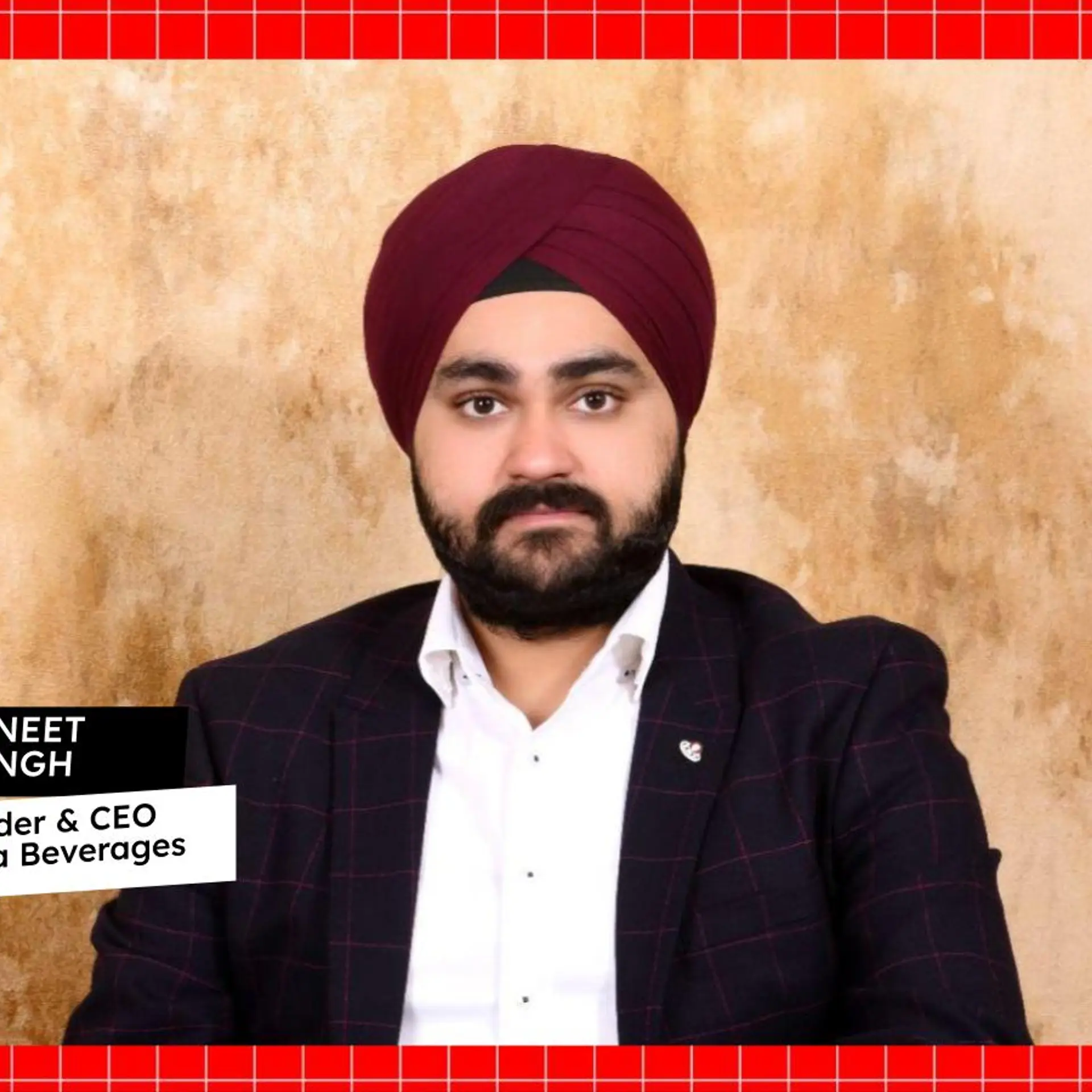Rudrani Chettri’s enduring fight for trans representation in fashion and media
In 2015, trans model and activist Rudrani Chettri started Bold, a modelling agency for transgenders, which expanded to casting opportunities as well. Ten years later, the scope remains little and tokenistic, she says.
In the fashion industry, transgender and gender non-binary models have often felt compelled to hide their identities to secure jobs and find success.
“Even when the industry does include trans individuals, it remains influenced by beauty standards intertwined with transphobia, often favouring trans women who conform to traditional feminine appearances,” says Rudrani Chettri, Founder of Delhi-based Mitr Trust, an LGBTQ charity.
However, as a trans model herself, Chettri saw this disparity as an opportunity to create more robust spaces for people like her.
In 2015, she took the first step in this direction by starting Bold, a transgender modelling agency, which has now also expanded to include casting opportunities for the trans community as well. Almost a decade since, Chettri says all her work has amounted to little change in opportunities for trans talent in the fashion and entertainment industry.
A battle to begin with
“Transwomen, especially, spend much of their lives and income trying to fit into a society that often rejects them. This includes their transitioning, beauty and fitness costs that are inherently connected to their health,” she says.
“The goal for them is to be accepted as any other cisgender woman, not as transwomen, and not everyone can afford to do this, nor should they have to conform to these expectations,” says Chettri.
The founding of Bold was not just about creating opportunities for trans models; it was about representation—about showing the world that transgender individuals deserve to be seen, not as caricatures or stereotypes, but as real people with diverse identities.
“We wanted to represent those from the community who are the real face of the community,” Chettri explains. “Not everyone wants or needs to ‘pass’ as a cis woman. Some may fear rejection, but that’s not the only way to live authentically.”
Quite aware of the challenges that come with being a transgender model in India, Chettri has seen small victories—trans models appearing in campaigns or on runways. But true inclusivity remains elusive, she says.
Even as Bold has worked with over 50 trans models, Chettri says less than six have been able to break into the entertainment industry with small roles and shows.
“We still see trans talent being used only for specific roles that highlight their gender identity, rather than allowing them to be part of broader narratives,” says Chettri. This kind of tokenism only furthers marginalisation, she adds.
Trans models Siya Malasi and Meera Singhania Rehani have been shown in gender-affirming roles for Starbucks India and Kerala-based jewellery house Bhima, respectively.
Bold was created to go beyond modeling. “We wanted to explore other areas where trans artists could be recognised for their talents, not just their gender identity,” says Chettri.
She envisions an industry where trans people can be filmmakers, actors, editors, or photographers—just about any role that cisgender people have access to. “Representation matters when it includes everything,” she says. “Cis people have an entire world worked out—they know what they want to pursue. We need to create those same opportunities for trans people.”
Change is needed within the industry
Chettri acknowledges that things haven’t changed much in the last decade.
“It’s still very much an occasional thing,” she says. “Brands want to appear inclusive, but they often believe their clients and customers aren’t ready for trans models. It’s ironic—they want to play it safe, but that only perpetuates old biases.”
The challenges extend beyond just getting roles. Chettri points out the microaggressions that are still prevalent in the industry.

Even when the industry does include trans individuals, it remains influenced by beauty standards intertwined with transphobia, often favoring trans women who conform to traditional feminine appearances, says Rudrani.
“Discrimination plays out in subtle ways,” she says. “For example, when our models aren’t even asked about their dietary preferences, while others are. Or when we’re expected to do our work for free because people think they’re doing us a favour by offering us a ‘chance.’”
Chettri, however, is still hopeful and passionate about creating a professional setup for her models, training them, and helping them navigate an industry that can be both glamorous and unforgiving.
“It takes a lot of hard work to train our people and to make them understand how to operate in a professional setup,” she says. “We have to be aware of our image, but we also have to fight against the stereotypes that people have about us.”
But the most significant barriers are the deep-rooted prejudices in society.
“The reality is that society needs to change,” says Chettri. “So much damage has been done to the trans community in the way they are portrayed in films and media. It’s going to take time to bring about real change. Even cis women are often mistreated in this industry—imagine what it’s like for gender minorities.”
The lack of opportunities is starker, especially for transmasculine individuals.
“I’ve not come across many trans people who want to be full-time actors or models, mainly because it’s not a practical option for them,” she says. “But trans women often aspire to acting and modeling. The challenge is grooming them to fit into roles that are usually limited to representing their gender identity.”
Despite the hurdles, Chettri says she is grateful to those who have supported Bold. But she also knows that true progress requires more than just occasional gigs or token representation.
“We need to be seen as more than just our gender identity,” she says.
Edited by Megha Reddy






